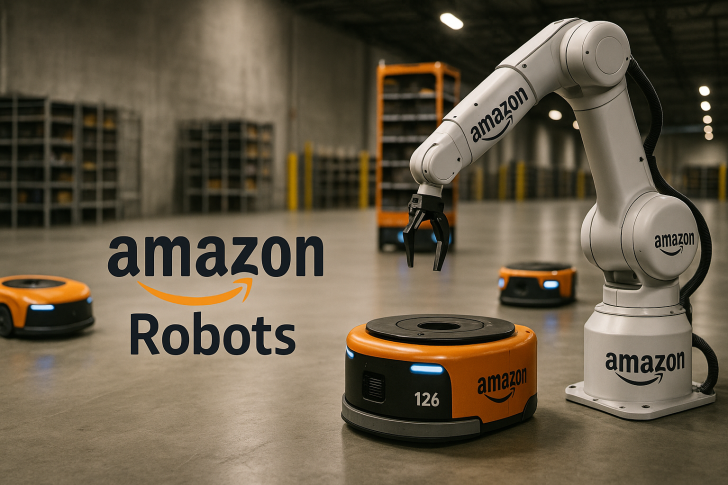The transformation of Amazon's logistics network into a robot-driven powerhouse is accelerating faster than most realize. A recent Morgan Stanley analysis projects the company could save between $2 billion and $4 billion annually by 2027 through warehouse automation. This isn't just incremental improvement—it's a fundamental reimagining of how modern supply chains operate at scale.
Automation Driving Major Cost Reductions
Trader Walter Bloomberg recently shared Morgan Stanley's findings, which reveal that Amazon's robotics push could slash fulfillment costs by 20% to 40% per order. CEO Andy Jassy has confirmed that the company's most advanced automated facilities already operate about 25% more efficiently than traditional warehouses.
With over one million robots now working across Amazon's global network, the company commands the largest commercial robotic workforce on the planet. These machines handle everything from sorting packages to transporting inventory, processing millions of orders daily with growing speed and accuracy.
The Employment Trade-Off
The efficiency gains come with a sobering reality. Morgan Stanley estimates that continued automation could displace up to 160,000 U.S. warehouse workers, potentially generating another $10 billion in annual labor savings as next-generation systems expand. This raises uncomfortable questions about how society manages technological displacement, even as new roles emerge in robotics maintenance and system oversight.
AI and Cloud Services Fuel Optimism
Beyond the warehouse floor, analysts see reasons for continued bullishness on Amazon's stock. The company's cloud division, Amazon Web Services, keeps expanding while AI-powered systems increasingly coordinate robotic operations, manage inventory flows, and optimize delivery logistics in real time. This combination of cloud infrastructure and physical automation creates a self-improving network that becomes more efficient over time. By 2027, this integrated approach could position Amazon as arguably the most operationally efficient large company in the world.
 Alex Dudov
Alex Dudov

 Alex Dudov
Alex Dudov


